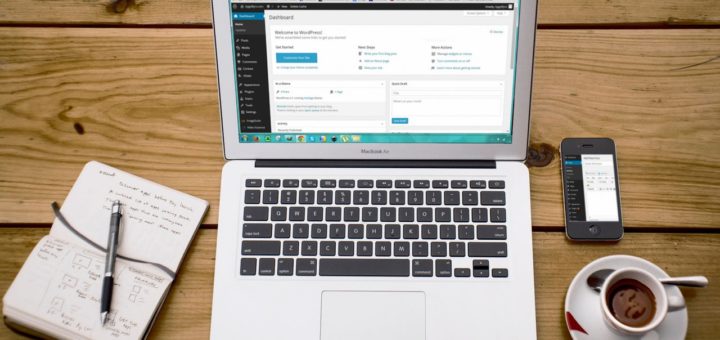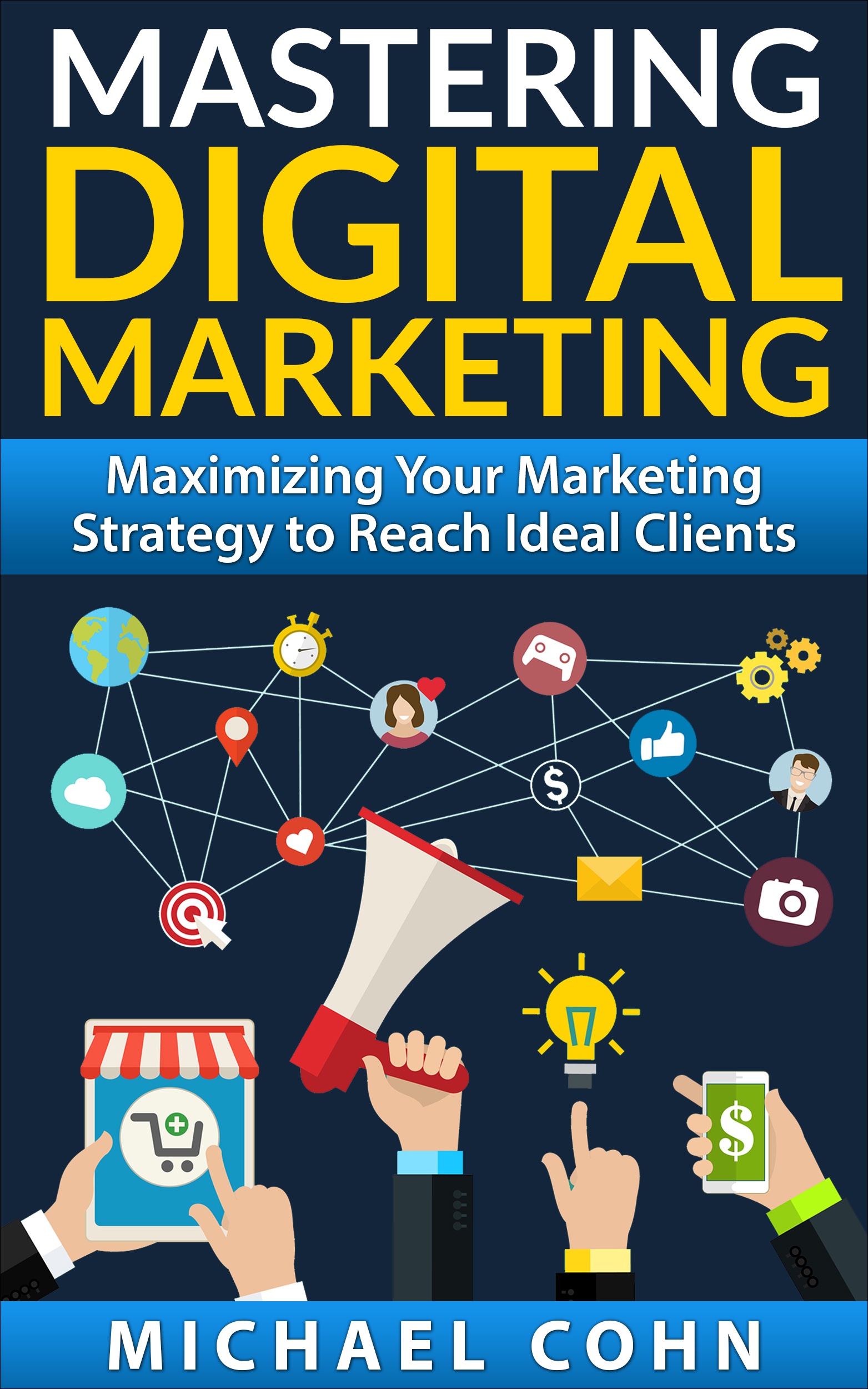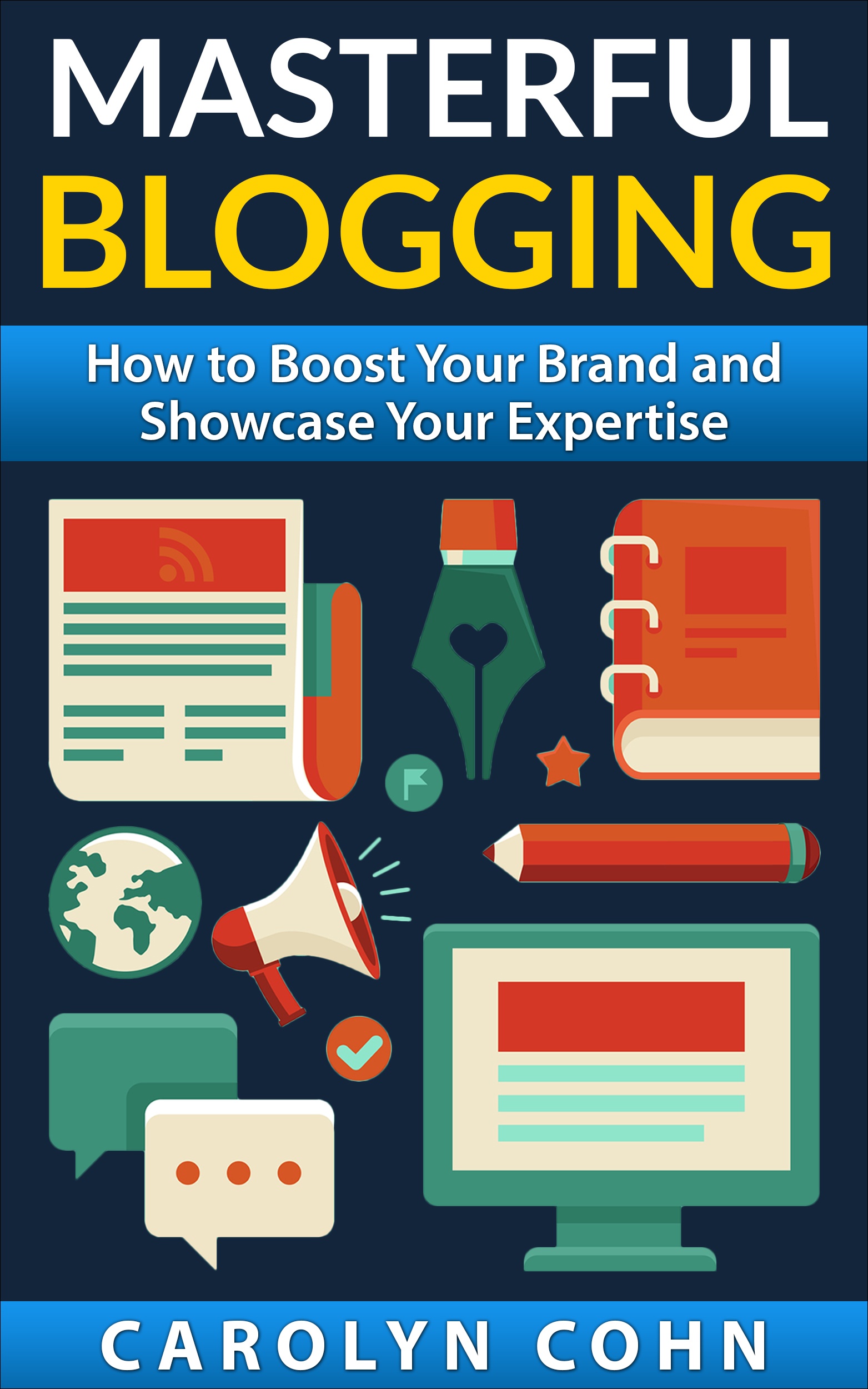Hi Lisa! – What Not to Write as an Email Subject

I recently received an email in my inbox with the subject line “Hi Lisa!” The from address only said “Suz.” I get hundreds of emails a day and this is the type of thing that I would normally just send to my spam folder – between the dubious subject line and the cryptic “from” address, it really triggered all my red flags. But I had just sent a few photos, via Facebook, to a friend named Suzanne and thought that maybe she was replying to say she received them. I opened it and was surprised to see that it was a note from an old client, writing to set up another appointment!
This was a client I had really enjoyed working with. Our first meeting had been a strategy session to launch her blog and I really looked forward to working with her again but this email reminded me that sometimes we need to go over basics, like how to follow-up via email to ensure that our online efforts succeed! As wonderful as her blog posts might be, if she were to follow-up via email with a subject line and from an address like this, we can be sure that a good number, if not all, would end up in spam folders!
With the exception of e-commerce, where someone can purchase your products online without your interaction, almost all digital engagement, whether it is networking, posting content on social media, sending an e-newsletter or building your website or blog, must include some live contact via phone or email to actually close the sale or to make the deal. If you aren’t making the sale, you will not see a return on your investment in these areas.
Here are some tips to ensure that your follow-up emails are helping, not hindering your follow-up efforts.
Create a Professional Email Address
Email coming from an address like “SweetCindi67” is not professional nor is it a good indicator of who the sender might be. Have your webmaster set up an email address using your website domain. While you can use “info@domainname” type addresses for general information inquiries on your website, it is best to have one with your name“"Cindi@domainname” or initials “CGM@domainname” so people can more readily identify the sender.
Use the Professional Email Address
Many business owners I meet have professional email addresses listed on their websites and business cards (a plus) but then have that business email forwarded to their personal AOL or yahoo address because it easier for them to monitor. The problem is, when they REPLY to the business email, from that personal address, the email is sent from the personal address. Again, the client sees the personal address, rather than the professional one they sent their email message to, in the inbox.
Figure out how to receive and reply to email sent to your professional email account and use it on a regular basis. (If you need training on this, please let us know, we can help with this as well).
Review Your Subject Line Before You Send
Sometimes, you know what you want to say so you just write it. Review it and ask yourself, “if this landed in my inbox, would I open it?” If the answer is no, or if it is even debatable, change it. Your follow-up email is important enough to warrant this extra care!
Fortunately, once you have sent at least one email that has been opened by your recipient, you will usually be “whitelisted” as an acceptable sender and future emails will require less vigilance. Corporate email accounts can be quite strict so you may want to remind the recipient to manually “whitelist” your address.
First Things First
When writing a long subject line – I like to do this so that if sometimes the recipient chooses not to open the email, at least they have seen this information – remember to put the most important information first. Since each email service inbox displays information in a different format and many only show a show snippet of the subject line, be sure to prioritize the order of the words.
For example: An event reminder should say “NYYP Networking, Jan 13 @ 6 pm – Last Reminder” rather than the other way around.
And You May Want to Consider a Phone Call
Yes, I know it can sound archaic to some – and I am rarely available at my desk myself to receive a phone call – but if it is really important to make the connection, you may want to pick up the phone and actually call the person.
If you send a follow-up email and don’t receive a reply within a few days, you may want to call as well – who knows, even with all the best practices in place, your email may still have landed in the recipient’s spam folder.
Conclusion
Making sure that you follow-up, all the way through to the sale, is key to ensuring that your digital efforts are paying off!
We are pleased to provide you with the insightful comments contained herein. For a free assessment of your online presence, let's have coffee.




FATbit Technologies via Business Exchange, added a reaction to the article "Hi Lisa! – What Not to Write as an Email Subject" you added to Email Marketing:
"After reading your blog post, people will not write HI Lisa in subject even they are sending to Lisa actually 😀 🙂 "
Fatbit Tech- thank you for the comment! That opening is fine, hopefully they will follow it with, 'Follow-up to our call' or 'regarding our conversation at such and such event' I am certainly not trying to disuade people from contacting anyone 🙂
Via LinkedIn Groups
Group: Informed Ideas For Writers
Discussion: Hi Lisa! – What Not to Write as an Email Subject
Nice advice, and nicer yet to point it out. I struggle with emails frequently that look like they're spam and give no real idea who they're from or what they're about. Lately a lot of these are from political candidates. That's about as poor a marketing strategy as you can think of. I wonder how many political tidbits I would like to have known about went into my trash, unread? How many votes will that cost someone who didn't get their message out?
Posted by Michele Boyer
Yes, it is frustrating to think that we may actually be missing things of importance in our attempt to avoid SPAM.
I am kind of surprised that I actually opened the note I mention in the post, given that I am usually quite vigilant.
And yes, it IS a poor strategy to bombard us all with these un-targeted messages – though at least they are not spending as much as they would have with snail mail!
Excellent advice–I am no longer amazed, but still disappointed, at the tendency so many have to rely on email almost to the exclusion of all other communication in business. Pick up the phone and use it—for something other than texting or taking a photo or whatever else these 21st century devices can do these days!
You know Matt, if you are ever trying to reach me, email is probably the quickest route – I am rarely at my desk to answer my office phone and I don't like to share my cell number but both in and out of the office, I check my email religiously (obsessively might be a more appropriate term 🙂 That said, I do agree that connecting, over the phone (or better yet, in person when possible!) is key to effective business communication.
Thank you for stopping by to comment!
Via LinkedIn Groups
Group: NAMM (National Association of Music Merchants)
Discussion: Hi Lisa! – What Not to Write as an Email Subject
Don't get me started on email etiquette.It should be the fourth "r" they teach in school. Ya know, readin, writin, rithmetic, and er-email etiquette…
Posted by Ed Knieriem
Ed, I do agree – though I am also a stickler for grammar so we need to come up with another name! Maybe realmail (as opposed to snailmail?)
Am open to suggestions!
Great information Lisa 🙂
Thank you Marie – glad you found it helpful! Please keep an eye out, I will be guest blogging with more tips and suggestions later this month!
And I really do appreciate your taking the time to comment.
Have a great day!
Great article Lisa. Very informative and it is important for all to know basic email etiquette’s. It is one of the aspects which leaves an impression on the other person. At Synechron, we focus on this as a priority and I would share your article with my colleagues. Thank you for sharing.